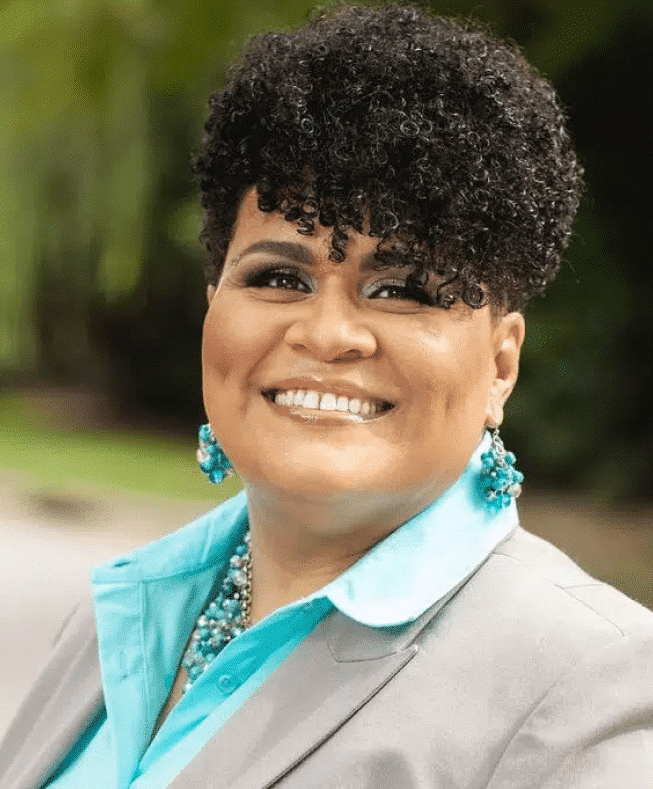
This post discusses pain and suffering damages in NC Personal Injury Cases. The Bishop Law Firm represents personal injury clients in North Carolina, and we do not get paid unless you win!
Pain and Suffering Damages
Under North Carolina Personal Injury Law, if you have sustained a physical injury through no fault of your own due to someone else's negligence, you can recover the costs of your current and future medical expenses, lost wages, and be compensated for pain and suffering damages.
Punitive damages can also be awarded to a victim under certain circumstances.
Pain and suffering are non-economic damages, whereas medical expenses and lost wages are economic damages. As you will see below, non-economic damages are subjective and difficult to quantify.
A North Carolina pain and suffering settlement covers the physical pain and mental suffering (emotional pain) that a victim has to endure due to the injury they have sustained. If you break your leg, you will experience not only physical pain but also mental and emotional distress.
Unfortunately, injuries can leave us with scars (mental and physical) that can affect our self-esteem.

You could develop depression, vehophobia, anxiety, or post-traumatic stress disorder after your injury. Seeking mental health treatment is imperative for your long-term health as well as your claim for pain and suffering damages.
There is generally no cap on pain and suffering damages, but there is a cap on non-economic damages for Medical Malpractice in North Carolina ($656,730 as of January 1, 2023, per OSBM).
You can recover pain and suffering damages from a motor vehicle accident, slip and fall, dog bite/attack, or any other personal injury that you did not cause in which you were injured.
However, damages for pain and suffering are not available in NC Workers' Compensation cases.
The first step in attaining pain and suffering damages is to request them in your demand to the insurance company or other party responsible for your injury.
The demand should provide evidence supporting your request for pain and suffering compensation.
What is evidence for pain and suffering?
Each case is unique; thus, the evidence required to demonstrate pain and suffering damages in each personal injury claim will differ. However, there are some commonalities when proving pain and suffering:
- Medical records and statements from medical professionals or experts describing your physical and emotional pain
- Images of the injured party before, immediately after the injury, and while healing help to demonstrate the emotional distress suffered.
- Written details of the medical procedures undergone after the injury by the victim
- A discussion of any complications you had while trying to heal and
- How long did the victim have to convalesce?
- Images of the victim using crutches, casts, walkers (any special equipment needed for recovery)
- Pain diary describing chronic pain, itching, burning, and medication side effects
- Statements from family members and friends describing the pain and anguish they witnessed
- List of activities that you were unable to complete due to your injury during daily life, including bathing, eating, and tending to oneself
- List of activities that you still had to perform while injured and the difficulties you encountered (duties under duress), i.e., working or tending to your children
- Missed events, such as a child's graduation or another special occasion, you were not able to attend due to your injury.
- Examples of how mental health symptoms caused by injury have prevented you from returning to life as usual, i.e., fear of driving or panic attacks when faced with similar circumstances to those of your injury
- Familial or relationship issues caused by your injury
- Loss of employment or career setbacks suffered because of injury
- Images of permanent scarring or disfigurement
How much can you get out of pain and suffering?
Personal injury lawyers use various methods to calculate pain and suffering. One method is using medical bills as part of a multiplier method to arrive at a suitable amount for pain & suffering. The equation is medical expenses + lost wages and accident-related expenses X a multiplier (usually 1 – 5). For example, Minnie Mouse has $15,000 in medical bills and $5,000 in lost wages, resulting in losses of $20,000. You then multiply $20,000 X 3, which would result in a request of $60,000 for pain and suffering.
The multiplier increases from 1 to 5 based on the injury's severity, longevity, treatment, and residuals, among other issues.
Generally, minor soft tissue injuries would be at a multiplier of 1- 2+, with the multiplier increasing with the severity of the injuries. Broken bones could be multiplied by 3- 4+, depending on the part of the body and recovery time. Catastrophic injuries with lifelong repercussions can start at 4+, with wrongful death beginning at 5.
It naturally follows that the greater the injuries, the greater the medical expenses, and thus the greater the damages, but there are always exceptions. In our firm's experience, the insurance adjuster and insurance company will want to pay as little or nothing for pain and suffering in an injury claim.

How do you sue for pain and suffering?
You can file a lawsuit if the insurance company does not offer fair compensation for your medical expenses, lost income, and pain and suffering.
In North Carolina, there are no pain and suffering lawsuits per se; a victim can bring a personal injury lawsuit in the county where the accident occurred.
To recover from NC Personal Injury Litigation, you must file your case in court before the statute of limitations. Most personal injury cases have a three-year statute of limitations, but not all.
After locating the court in the county where the accident occurred, you will need to determine whether you need to file in the District or Superior Civil Court. District courts handle claims with less than $25,000 in controversy, and the Superior Court handles cases of $25,000 and above.
Next, you must file a complaint and the required forms and pay the $200 filing fee. After the court accepts the filing, you must serve the Defendant (negligent party), which can prove challenging.
Before filing a personal injury lawsuit, you should discuss your case with a personal injury attorney. NC Personal Injury Lawyers can help you determine if going to trial is the move to recover all your losses/damages for your injury case or if settling out of court would give you the most pain and suffering compensation.
Pain and Suffering Lawyer
A personal injury lawyer can gather evidence regarding a victim's severe injuries to increase the likelihood of successful settlement negotiations. If the insurance company or the at-fault party is unwilling to offer fair compensation, legal assistance can help with presenting your case to a jury.
An experienced attorney can advise on the best course of action to attain maximum compensation in the county where the accident occurred.
The Bishop Law Firm represents car accident and personal injury victims in Raleigh, Durham, Rocky Mount, Wilson, Smithfield, Louisburg, Chapel Hill, Roanoke Rapids, and surrounding areas in North Carolina.
We are not paid unless we win your case, (919) 615-3095. Call us today!
Also read: Ways to Prove NC Pain and Suffering Damages and NC Car Accident Injuries & Compensation

